Let’s say you love looking at the moon. You’re enchanted by its beautifully full and round shape, and sometimes you find it so enticing you’d like to reach out and touch it (with its permission, of course).
But all that ardent admiration still doesn’t mean you actually know anything about the moon, does it?
That’s not too far from the relationship some men have with women’s breasts, according to this list of 11 things Japanese women wish more men understood about their chests.

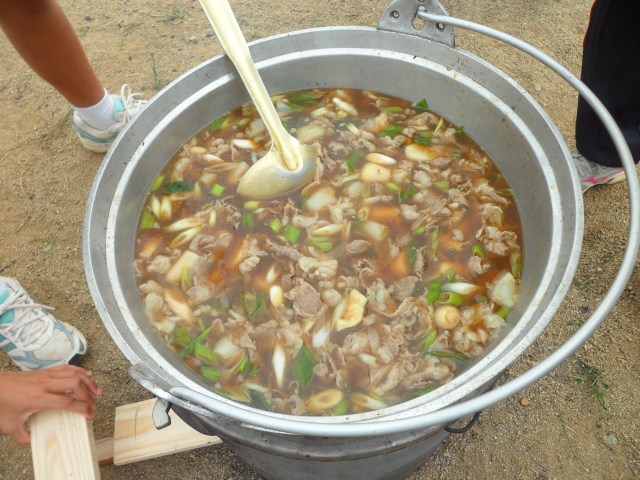
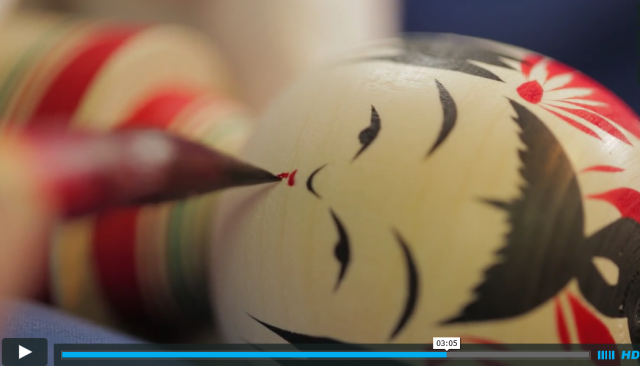
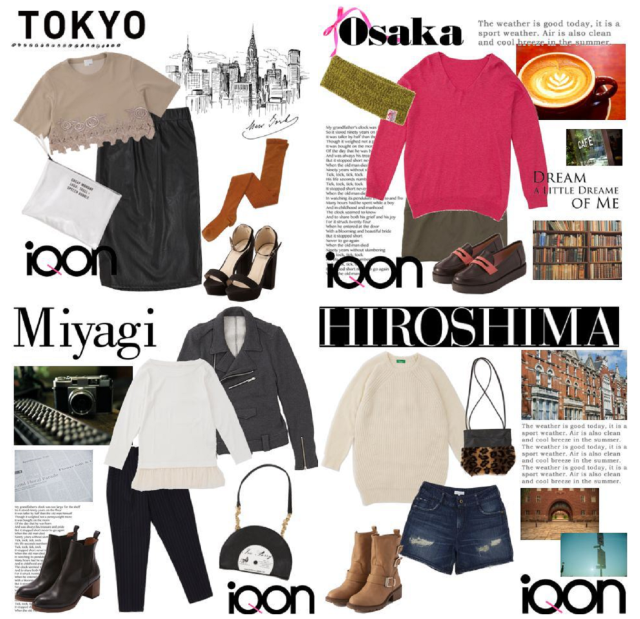
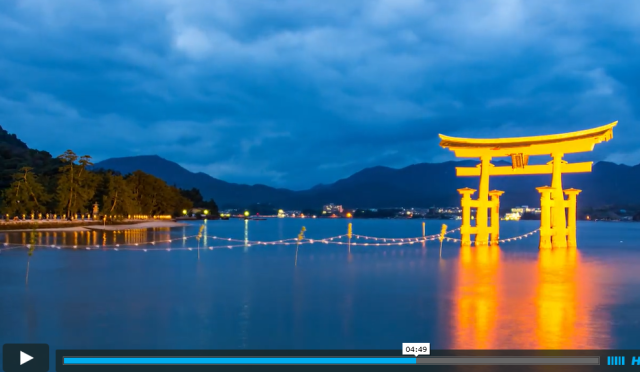
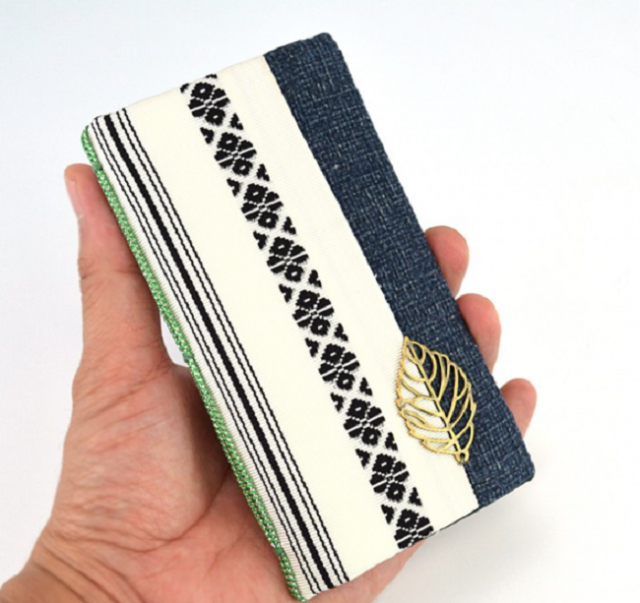
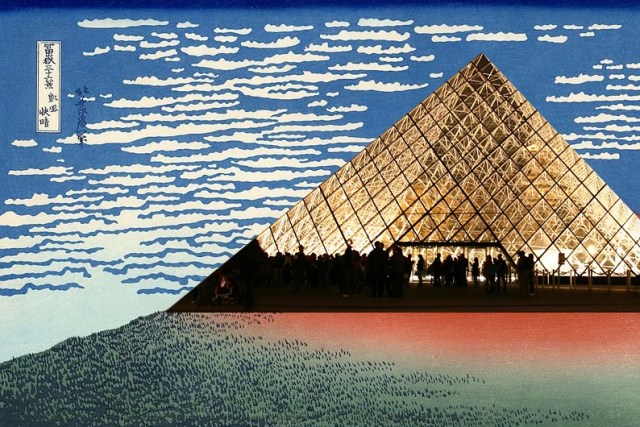

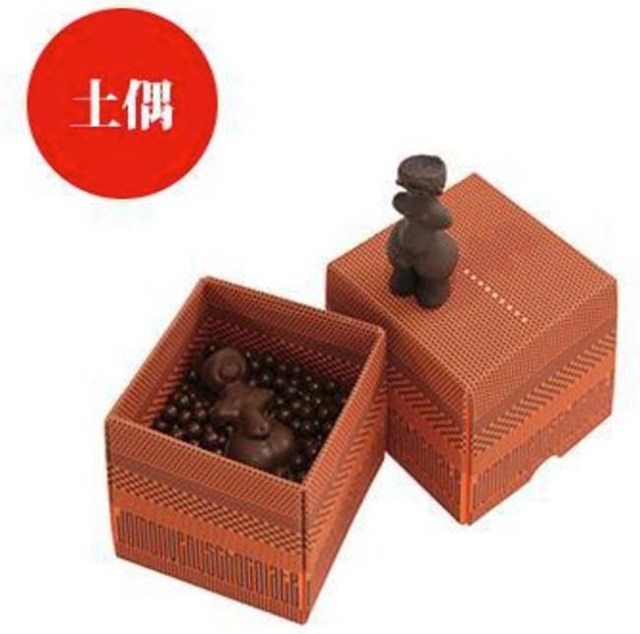
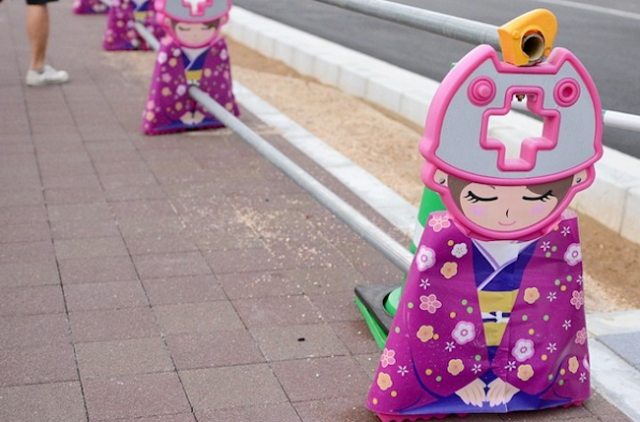
 Kyoto luxury just off the beaten path at Maruyama Park’s Chourakukan【Photos】
Kyoto luxury just off the beaten path at Maruyama Park’s Chourakukan【Photos】 Three dead bodies found near summit of Mt. Fuji
Three dead bodies found near summit of Mt. Fuji Studio Ghibli releases anime heroine cosplay dresses that are super comfy to wear
Studio Ghibli releases anime heroine cosplay dresses that are super comfy to wear Fighting mild hunger with a Japanese soda that turns into jelly in the stomach【Taste test】
Fighting mild hunger with a Japanese soda that turns into jelly in the stomach【Taste test】 Is Starbucks Japan’s new Frappuccino better than the 7-Eleven smoothie?
Is Starbucks Japan’s new Frappuccino better than the 7-Eleven smoothie? To combat declining birth rate, Japan to begin offering “Breeding Visas” to foreigners
To combat declining birth rate, Japan to begin offering “Breeding Visas” to foreigners Veterinarian’s office in suburban Japan has custom sign drawn by manga star Rumiko Takahashi
Veterinarian’s office in suburban Japan has custom sign drawn by manga star Rumiko Takahashi We test out Daiso’s “High-Quality Stereo Earphones” and find a pair that actually impressed us
We test out Daiso’s “High-Quality Stereo Earphones” and find a pair that actually impressed us Japan’s cooling body wipe sheets want to help you beat the heat, but which work and which don’t?
Japan’s cooling body wipe sheets want to help you beat the heat, but which work and which don’t? Studio Ghibli and Tokyo Metro team up for summer stamp rally with adorable Catbus prize
Studio Ghibli and Tokyo Metro team up for summer stamp rally with adorable Catbus prize Woman charged for driving suitcase without a license in Osaka
Woman charged for driving suitcase without a license in Osaka Studio Ghibli hair accessories keep your style tidy with help from Kiki, Moro, Calcifer, and more
Studio Ghibli hair accessories keep your style tidy with help from Kiki, Moro, Calcifer, and more Studio Ghibli re-releasing all past theatrical posters and program booklets
Studio Ghibli re-releasing all past theatrical posters and program booklets Studio Ghibli releases new My Neighbour Totoro bags and pouches in Japan
Studio Ghibli releases new My Neighbour Totoro bags and pouches in Japan Tokyo Skytree to light up in Pokémon colors for summer-long art event!
Tokyo Skytree to light up in Pokémon colors for summer-long art event! Onsen hot spring with Mt Fuji views has one of the best rotenburo in Japan
Onsen hot spring with Mt Fuji views has one of the best rotenburo in Japan Life-size Gundam statue to appear in Osaka for first time ever
Life-size Gundam statue to appear in Osaka for first time ever New anime for legendary series Ranma 1/2 announced【Video】
New anime for legendary series Ranma 1/2 announced【Video】 You can be on this beautiful Japanese island in less than two hours from downtown Tokyo
You can be on this beautiful Japanese island in less than two hours from downtown Tokyo Taiwan’s most beautiful politician kicks groper in balls during visit to Japan
Taiwan’s most beautiful politician kicks groper in balls during visit to Japan Studio Ghibli releases new Totoro collection to keep us hydrated all summer long
Studio Ghibli releases new Totoro collection to keep us hydrated all summer long Foreign tourists to be charged four times more to enter Himeji Castle if local mayor gets his way
Foreign tourists to be charged four times more to enter Himeji Castle if local mayor gets his way Amazon Japan makes payment policy change that could be a problem for foreigners in Japan
Amazon Japan makes payment policy change that could be a problem for foreigners in Japan Mitsubishi develops robot that solves Rubik’s Cube-style puzzle in 0.305 seconds【Video】
Mitsubishi develops robot that solves Rubik’s Cube-style puzzle in 0.305 seconds【Video】 Family Mart stationery takes Japanese “stationary” to new levels
Family Mart stationery takes Japanese “stationary” to new levels McDonald’s new Happy Meals offer up cute and practical Sanrio lifestyle goods
McDonald’s new Happy Meals offer up cute and practical Sanrio lifestyle goods Sales of Japan’s most convenient train ticket/shopping payment cards suspended indefinitely
Sales of Japan’s most convenient train ticket/shopping payment cards suspended indefinitely Sold-out Studio Ghibli desktop humidifiers are back so Totoro can help you through the dry season
Sold-out Studio Ghibli desktop humidifiers are back so Totoro can help you through the dry season Japanese government to make first change to romanization spelling rules since the 1950s
Japanese government to make first change to romanization spelling rules since the 1950s Foreigner’s request for help in Tokyo makes us sad for the state of society
Foreigner’s request for help in Tokyo makes us sad for the state of society Ghibli founders Toshio Suzuki and Hayao Miyazaki contribute to Japanese whisky Totoro label design
Ghibli founders Toshio Suzuki and Hayao Miyazaki contribute to Japanese whisky Totoro label design Tokyo’s most famous Starbucks is closed
Tokyo’s most famous Starbucks is closed Doraemon found buried at sea as scene from 1993 anime becomes real life【Photos】
Doraemon found buried at sea as scene from 1993 anime becomes real life【Photos】 Princesses, fruits, and blacksmiths: Study reveals the 30 most unusual family names in Japan
Princesses, fruits, and blacksmiths: Study reveals the 30 most unusual family names in Japan Life-size vibrating Legend of Zelda Master Sword for sale from Nintendo【Photos】
Life-size vibrating Legend of Zelda Master Sword for sale from Nintendo【Photos】 To combat declining birth rate, Japan to begin offering “Breeding Visas” to foreigners
To combat declining birth rate, Japan to begin offering “Breeding Visas” to foreigners Veterinarian’s office in suburban Japan has custom sign drawn by manga star Rumiko Takahashi
Veterinarian’s office in suburban Japan has custom sign drawn by manga star Rumiko Takahashi We test out Daiso’s “High-Quality Stereo Earphones” and find a pair that actually impressed us
We test out Daiso’s “High-Quality Stereo Earphones” and find a pair that actually impressed us Japan’s cooling body wipe sheets want to help you beat the heat, but which work and which don’t?
Japan’s cooling body wipe sheets want to help you beat the heat, but which work and which don’t? Studio Ghibli and Tokyo Metro team up for summer stamp rally with adorable Catbus prize
Studio Ghibli and Tokyo Metro team up for summer stamp rally with adorable Catbus prize Japanese randoseru backpacks for dogs are back【Photos】
Japanese randoseru backpacks for dogs are back【Photos】 These super thick, extra-crunchy potato chips are the answer to your salty snack cravings
These super thick, extra-crunchy potato chips are the answer to your salty snack cravings New Hello Kitty and friends summer kimono are perfect for Sanrio-loving parents, kids, and sisters
New Hello Kitty and friends summer kimono are perfect for Sanrio-loving parents, kids, and sisters Four “forbidden” super-easy Japanese toast desserts to make and eat ASAP【Recipes】
Four “forbidden” super-easy Japanese toast desserts to make and eat ASAP【Recipes】 No-bus Kyoto sightseeing! SoraNews24’s ultimate on-foot guide for Japan’s former capital【Part 4】
No-bus Kyoto sightseeing! SoraNews24’s ultimate on-foot guide for Japan’s former capital【Part 4】 Sesame Street characters turn into awesome shaved ice desserts at Tokyo Sesame Street cafe【Pics】
Sesame Street characters turn into awesome shaved ice desserts at Tokyo Sesame Street cafe【Pics】 Japanese police officers officially allowed to wear sunglasses, buy drinks at convenience stores in Shimane
Japanese police officers officially allowed to wear sunglasses, buy drinks at convenience stores in Shimane